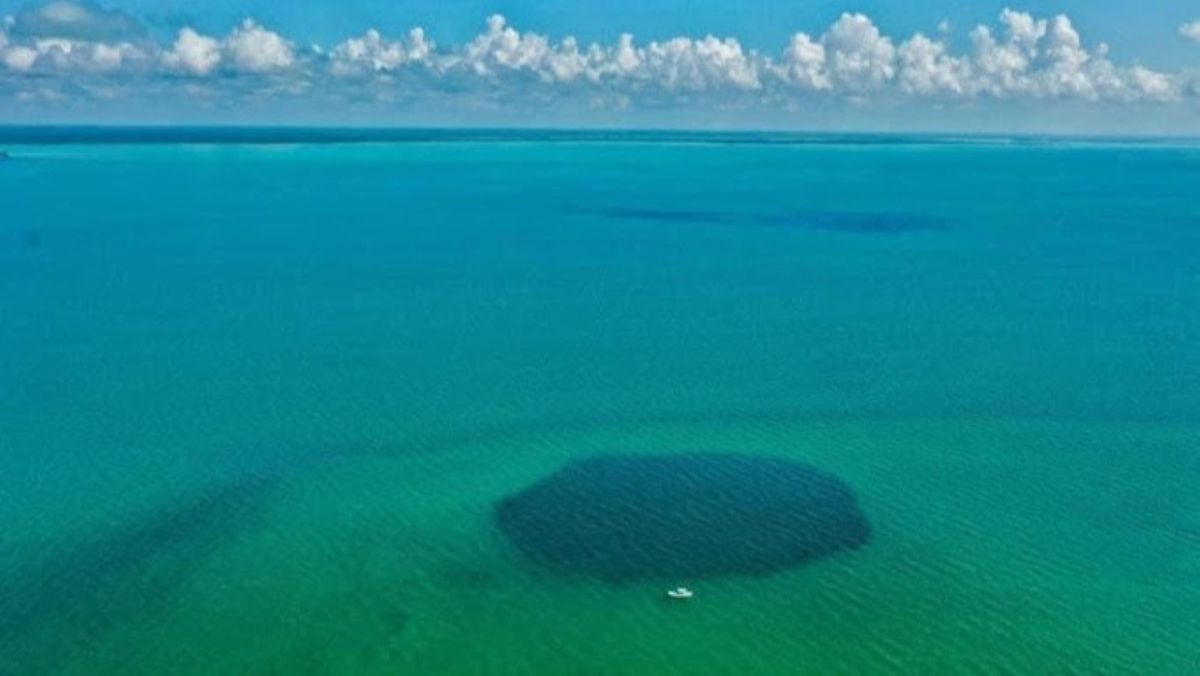Mexico’s Taam Ja’ Blue Hole is the deepest known underwater sinkhole in the world, researchers have discovered — and they haven’t even reached the bottom yet.
New measurements indicate the Taam Ja’ Blue Hole (TJBH), which sits in Chetumal Bay off the southeast coast of the Yucatan Peninsula, extends at least 1,380 feet (420 meters) below sea level.
That’s 480 feet (146 m) deeper than scientists initially documented when they first discovered the blue hole in 2021, and 390 feet (119 m) deeper than the previous record holder — the 990-foot-deep (301 m) Sansha Yongle Blue Hole, also known as the Dragon Hole, in the South China Sea.



I once knew a guy who spelunked and wrote cave-mapping (not underwater cave) software as a hobby. Had another friend who worked on automated cave-navigating robots.
It’s a surprising pain to do.
Above ground, surveyors can typically use landmarks. But underground, you don’t have long lines of sight.
GPS doesn’t work underground, as you can’t receive through rock.
Errors in inertial navigation can add up over time, if you’ve ever seen an automated-mapping robot without some kind of absolute reference have error build up – the map twists and distorts.
While it’s not specific to being underground, being underground can, if there’s iron deposits nearby, dick with compass accuracy.
The guy who wrote the cave-mapping software did some sort of mechanism where you’d take the longest lines of sight you could from cave wall to cave wall, and then measure angles between laser beams, ping-pong off walls through the cave.
I don’t know how well even lasers work in underwater caves. My understanding is that part of the reason that cave diving can become really dangerous is that if you stir up silt, visibility can head towards zero, which can leave cave divers with no way to see anything and no obvious route to the surface. I’d imagine that silt could also cause problems for laser beams.
Sounds like youre gonna want some sonar